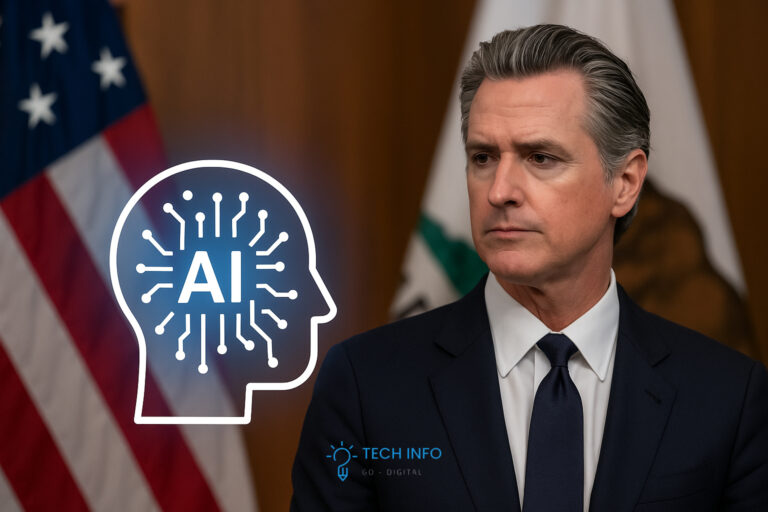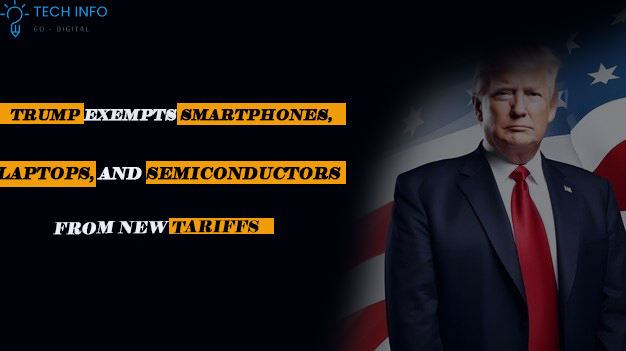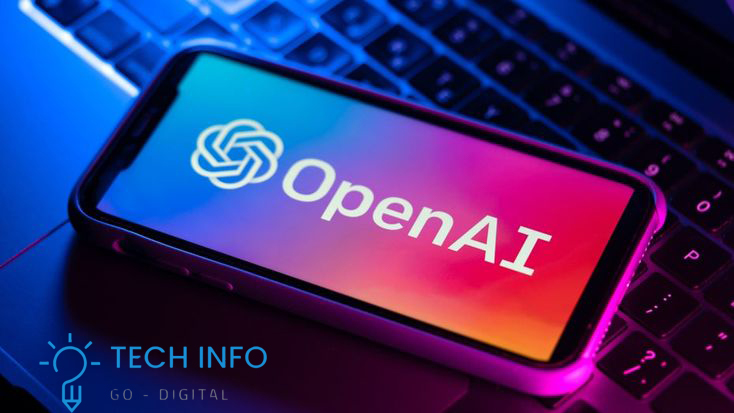Table of Contents
ToggleWhat is SB 53?
SB 53 is a piece of California state legislation, authored by State Senator Scott Wiener, focused on creating a regulatory framework for artificial intelligence, specifically targeting the most powerful “frontier” AI models. Its core philosophy is transparency and safety through disclosure rather than imposing strict operational mandates.
The key provisions of the bill, as you outlined, are:
- Safety & Security Disclosure: Requires large AI developers (those meeting specific revenue and compute thresholds) to publicly disclose their safety testing protocols, cybersecurity protections, and other measures taken to prevent critical risks from their AI models.
- Whistleblower Protections: Grants legal protections to employees of AI labs who come forward to report unsafe, dangerous, or unethical AI practices. This is designed to create an internal check on corporate behavior.
- Tiered System: Implements a scaled regulatory approach. Only the largest companies (by revenue and compute power used to train models) face the most stringent disclosure requirements. Smaller startups and developers have significantly lighter obligations to avoid stifling innovation.
- CalCompute: Establishes a state-funded, public cloud computing cluster. This resource is intended to provide academic researchers, startups, and community groups with access to the vast computational power needed to audit and study large AI models, which is typically cost-prohibitive.
How It Differs from Earlier, Stricter Bills (Like SB 1047)
This is a crucial point. SB 53 is a direct response to the failure of a more aggressive predecessor.
- SB 1047 (2024): This earlier bill, also from Sen. Wiener, was vetoed by Governor Newsom. It contained much stricter requirements, including a mandated “kill switch” (a mechanism to shut down a model deemed dangerously out of control), clearer liability for AI developers if their models caused harm, and more uniform oversight that applied more broadly to companies.
- SB 53’s “Moderate” Approach: Learning from the veto, SB 53 was deliberately scaled back to be more palatable to industry and the governor’s office. Key differences include:
- It eliminates the most controversial elements like the “kill switch.”
- Its strict rules are triggered only for the largest models and companies, creating a clear off-ramp for smaller entities.
- It was explicitly amended to align with recommendations from Governor Newsom’s own AI policy working group, signaling a desire to find common ground.
Why Governor Newsom Could Still Veto It
Despite the concessions, the political and economic calculus is complex, and a veto remains a distinct possibility. The considerations are:
- Innovation & Economic Concerns: California’s economy is heavily reliant on its tech sector. Newsom may fear that even a disclosure-based regulation could be perceived as anti-innovation, potentially discouraging investment or driving AI companies to more lenient states. Tech industry trade associations are actively lobbying against it, citing regulatory burden.
- Scope and Practicality: The governor’s previous veto message criticized SB 1047 for being a “blanket” approach that didn’t differentiate between high-risk and low-risk model deployments. If his advisors believe SB 53 still regulates based primarily on a model’s size (compute/revenue) rather than its actual use case and risk context, he may have similar objections.
- Political Pressure: The tech industry wields significant influence in California. Newsom must balance public demand for safety against the concerns of powerful companies, investors, and donors. A veto could be framed as protecting California’s economic golden goose.
- Administrative Burden: The bill would create new state mandates. If the cost of standing up the CalCompute cluster and enforcing the new disclosure rules is deemed too high or administratively cumbersome, that could weigh against it.
Likelihood of Being Signed and What Could Change It
The provided text suggests the bill has a better chance of being signed than SB 1047 did, but it is not a guarantee.
Factors that increase the likelihood of it being signed:
- Its provisions were moderated specifically in response to Newsom’s previous veto.
- It incorporates feedback from the governor’s own working group.
- It has garnered support from some within the industry (e.g., Anthropic’s reported support), which helps counter the narrative that it is universally opposed by tech.
What could lead to a veto:
- Last-Minute Lobbying: Intense, behind-the-scenes pressure from major AI companies or investor groups.
- Fiscal Concerns: If the state’s Department of Finance determines the cost of CalCompute and enforcement is prohibitively expensive.
- Pre-emption Argument: If the governor believes this state law will inevitably clash with upcoming federal AI regulations, creating a messy legal patchwork.
In summary, SB 53 is a moderated AI transparency bill that represents a political compromise. Its fate now rests on Governor Newsom’s decision of whether its balanced approach sufficiently protects the public without undermining California’s position as the global leader in AI development.





